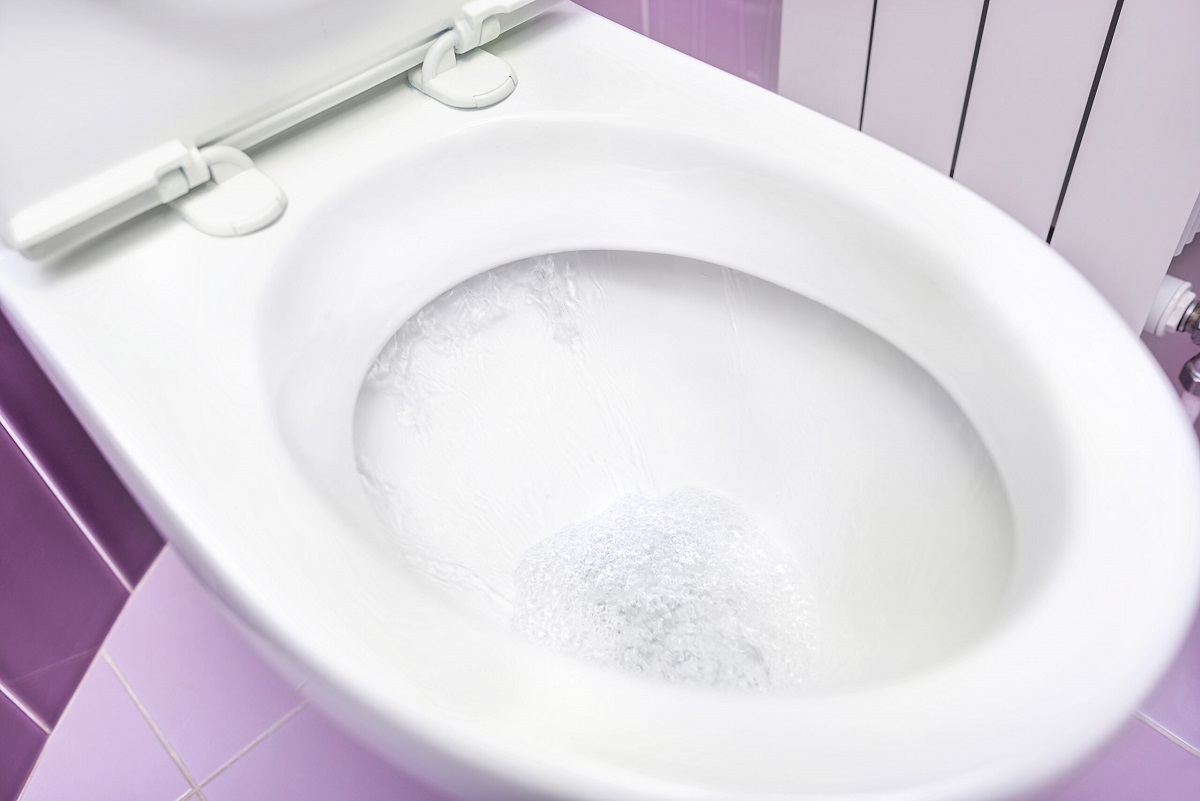

Articles
Why Does My Toilet Run Randomly
Modified: October 20, 2024
Read our informative articles on why your toilet may be running randomly. Find solutions and tips to fix this common plumbing issue.
(Many of the links in this article redirect to a specific reviewed product. Your purchase of these products through affiliate links helps to generate commission for Storables.com, at no extra cost. Learn more)
Introduction
Have you ever experienced the frustration of hearing your toilet randomly running without any apparent reason? The sound of water continuously flowing can be annoying and concerning, not to mention the potential increase in your water bill. But fear not, as there are common causes and simple solutions to resolve this issue.
A randomly running toilet can occur due to various factors, including faulty fill valves, flapper problems, incorrect water levels, water pressure issues, and even cracked or damaged toilet tanks. Understanding the root cause of the problem is crucial in effectively fixing it and preventing further complications.
In this article, we will delve into each of these causes in detail, and guide you through the step-by-step process of fixing a randomly running toilet. So, let’s explore the common culprits and learn how to put an end to this frustrating issue.
Key Takeaways:
- Identify the cause of your randomly running toilet by checking the fill valve, flapper, water level, pressure, and tank for issues. Addressing the specific cause will restore your toilet’s proper functioning.
- By following the step-by-step process to fix a randomly running toilet, you can eliminate water wastage, reduce utility bills, and enjoy a more sustainable and efficient bathroom experience. Don’t let a running toilet frustrate you any longer!
Read more: Why Does My Alexa Randomly Turn On
Common Causes of Random Toilet Running
There are several common causes for a toilet to run randomly. Understanding these causes can help you pinpoint the issue and find the most appropriate solution. Here are the most frequent culprits:
- Faulty Fill Valve: The fill valve, also known as the ballcock, is responsible for refilling the tank with water after each flush. If the fill valve is defective or worn out, it may not be able to shut off properly, leading to a continuous flow of water into the tank.
- Flapper Problems: The flapper is a rubber valve that seals the flush valve opening at the bottom of the tank. It allows water to flow into the bowl during a flush and then seals it off to stop the water flow. If the flapper is worn, damaged, or misaligned, it may not create a proper seal, causing water to leak into the bowl and triggering the fill valve to kick in and refill the tank.
- Incorrect Water Level: The water level in the toilet tank should be adjusted to a specific level for optimal flushing and to prevent random running. If the water level is too high, water may flow into the overflow tube and cause the fill valve to activate. Conversely, if the water level is too low, it may not provide enough water during flushing, leading to inadequate flushing and subsequent refills.
- Water Pressure Issues: Low or fluctuating water pressure can disrupt the normal functioning of the fill valve and cause random toilet running. If the water pressure is insufficient, the fill valve may not close completely, resulting in ongoing water flow. On the other hand, high water pressure can lead to constant water leaks, which trigger the fill valve to kick in and refill the tank.
- Cracked or Damaged Toilet Tank: A crack or damage in the toilet tank can cause water to leak out continuously, leading to random running. This is more common in older toilets or those subjected to heavy use or accidental impacts.
By understanding these common causes, you can determine the likely issue with your toilet and proceed with the appropriate solution. In the following sections, we will discuss the step-by-step process to fix a randomly running toilet based on these causes.
Faulty Fill Valve
The fill valve, also known as the ballcock, is an essential component of the toilet that regulates the water level in the tank. When you flush the toilet, the fill valve opens to allow water to flow into the tank until it reaches the desired level. Once the water reaches the set level, the fill valve closes to stop the water flow.
If you notice that your toilet is running randomly, a faulty fill valve could be the culprit. Here are some signs that indicate a problem with the fill valve:
- Continuous water flow into the tank, even when the toilet hasn’t been flushed recently.
- A hissing or gurgling sound, indicating that the fill valve is not shutting off correctly.
- Water overflowing into the overflow tube, causing constant refilling of the tank.
To fix a faulty fill valve:
- Step 1: Turn off the water supply to the toilet by shutting off the supply valve located behind or beside the toilet. This will prevent any water from flowing into the tank during the repair process.
- Step 2: Flush the toilet to empty the tank and remove any remaining water.
- Step 3: Locate the fill valve inside the tank. It is usually a vertical assembly on one side of the tank, connected to the water supply line.
- Step 4: Remove the fill valve by loosening the nut or clip that secures it to the tank. You may need pliers or an adjustable wrench to loosen the nut. Carefully lift the fill valve out of the tank.
- Step 5: Install a new fill valve by following the manufacturer’s instructions. Ensure that it is properly aligned and secured to the tank. Use the necessary nuts or clips to fasten it securely.
- Step 6: Turn on the water supply to the toilet and let the tank refill. Check for any leaks around the fill valve.
- Step 7: Test the toilet by flushing it to ensure that the fill valve shuts off properly and the tank fills to the correct level.
If replacing the fill valve does not resolve the issue, it may be necessary to call a professional plumber to further diagnose and fix the problem.
By replacing a faulty fill valve, you can restore proper functioning to your toilet and eliminate random running caused by water continuously flowing into the tank.
Flapper Problems
The flapper is a rubber valve located at the bottom of the toilet tank. It is connected to the flush lever by a chain or rod. When you flush the toilet, the flush lever lifts the flapper, allowing water to flow from the tank into the bowl. Once the flushing is complete, the flapper drops back down, sealing the flush valve opening to stop the water flow.
If your toilet is running randomly, flapper problems could be the reason. Here are some signs that indicate a problem with the flapper:
- Inadequate or incomplete flushes, requiring multiple flushes to clear the bowl.
- Water leaking into the bowl, causing the fill valve to kick in and refill the tank.
- An audible hissing sound indicating that the flapper is not creating a proper seal.
- The flapper chain or rod is disconnected or tangled, preventing the flapper from functioning correctly.
To fix flapper problems:
- Step 1: Turn off the water supply to the toilet by closing the supply valve.
- Step 2: Flush the toilet to drain the tank of water.
- Step 3: Locate the flapper inside the tank. It is attached to the flush valve at the bottom of the tank.
- Step 4: Inspect the flapper for any visible signs of damage, such as cracks, tears, or warping. If the flapper is worn out or damaged, it will not create a proper seal and should be replaced.
- Step 5: Remove the old flapper by disconnecting the chain or rod from the flush lever. Take note of the position and length of the chain or rod for proper installation of the new flapper.
- Step 6: Install a new flapper by attaching it to the flush valve and connecting the chain or rod to the flush lever. Adjust the chain or rod length if necessary to ensure proper functioning.
- Step 7: Turn on the water supply to the toilet and let the tank refill. Check for any leaks around the flapper.
- Step 8: Test the toilet by flushing it to ensure that the flapper seals properly and the tank fills to the correct level.
If replacing the flapper does not resolve the random running issue, there may be other underlying problems that require further examination by a professional plumber.
By replacing a faulty or worn flapper, you can restore proper flushing and eliminate water leakage, preventing the fill valve from unnecessarily refilling the tank.
Incorrect Water Level
The water level in the toilet tank plays a crucial role in achieving proper flushing and preventing random running. If the water level is set too high or too low, it can interfere with the normal functioning of the toilet and cause issues. Therefore, it is important to ensure that the water level is adjusted correctly.
If you notice random running in your toilet, incorrect water level could be the culprit. Here are some indicators of an incorrect water level:
- Water constantly overflowing into the overflow tube.
- The toilet bowl fills up excessively or fails to fill up adequately after each flush.
- Low water level in the bowl, leading to ineffective flushing.
To fix an incorrect water level:
- Step 1: Open the toilet tank lid and locate the fill valve and float. The float is typically a ball attached to the fill valve or a cup-shaped device that slides along the vertical rod of the fill valve.
- Step 2: Adjust the water level by either raising or lowering the float. If the float is a ball, you can adjust it by bending the rod that attaches it to the fill valve. If it’s a cup-shaped float, you can typically adjust it by turning a screw or clip on the fill valve.
- Step 3: Gradually adjust the float to achieve the desired water level. The water level should be approximately 1 inch below the top of the overflow tube.
- Step 4: Flush the toilet and observe the water level. Adjust the float further if necessary to maintain the correct water level.
- Step 5: Repeat the adjustment process until the water level is set correctly and remains stable after each flush.
Properly adjusting the water level in the toilet tank ensures optimal flushing and prevents excessive refilling that leads to random running. It’s important to note that the exact process of adjusting the water level may vary depending on the type of fill valve and float mechanism in your toilet. Consult the manufacturer’s instructions or seek professional assistance if needed.
Read more: Why Does My Alexa Make Random Noises
Water Pressure Issues
The water pressure in your plumbing system can have a significant impact on the proper functioning of your toilet. Both low and high water pressure can cause problems, including random toilet running. Understanding and addressing water pressure issues is essential to resolving this issue.
If you suspect that water pressure problems are causing your toilet to run randomly, consider the following signs:
- Fluctuating water pressure throughout your home, affecting other fixtures as well.
- Visible leaks or water dripping from the toilet tank or supply line.
- Unusual noises, such as a banging sound, when turning water fixtures on or off.
- Difficulty in filling the tank to the desired water level.
To address water pressure issues that may be causing random toilet running:
- Step 1: Determine if you have low water pressure or high water pressure by using a pressure gauge or consulting a professional plumber. Low water pressure is typically below 40 psi (pounds per square inch), while high water pressure is above 80 psi.
- Step 2: If you have low water pressure, the first step is to check the main water valve and ensure it is fully open. Additionally, check for any obstructions or leaks in the supply line leading to the toilet. Clearing any blockages or repairing leaks can help improve water pressure.
- Step 3: If you have high water pressure, installing a pressure-reducing valve (PRV) can help regulate the water pressure throughout your plumbing system. A PRV is typically installed near the main water valve and adjusts the pressure to a more suitable level.
- Step 4: Consult with a professional plumber to assess and address any specific issues related to water pressure in your home. They can help identify and resolve any hidden leaks, check the overall plumbing system, and suggest appropriate solutions tailored to your situation.
By addressing water pressure problems, you can ensure a stable and suitable water supply to your toilet, preventing random running caused by pressure fluctuations or excessive water flow. It is recommended to consult a professional plumber for a thorough evaluation and assistance in resolving water pressure issues.
Cracked or Damaged Toilet Tank
A cracked or damaged toilet tank can cause continuous water leakage, leading to random toilet running. Over time, toilet tanks can develop cracks due to age, wear and tear, or accidental impacts. It’s important to identify and address any cracks or damage in the tank to prevent water wastage and further complications.
If you suspect that a cracked or damaged tank is causing your toilet to run randomly, look out for the following signs:
- Visible cracks or fractures on the exterior or interior of the tank.
- Water pooling around the base of the toilet or on the floor near the tank.
- Constantly running water, even when the toilet hasn’t been recently flushed.
To address a cracked or damaged toilet tank:
- Step 1: Turn off the water supply to the toilet by closing the supply valve. This will prevent water from flowing into the tank during the repair process.
- Step 2: Flush the toilet to drain the water from the tank, and use a sponge or towel to absorb any remaining water.
- Step 3: Inspect the tank for any visible cracks or damage. Pay close attention to the corners, bottom, and sides of the tank.
- Step 4: If you find a crack or damage, it may be necessary to replace the entire toilet tank. In some cases, a temporary fix may be possible using epoxy or sealant designed for plumbing fixtures. However, it is generally recommended to replace the tank for a long-term solution.
- Step 5: Consult a professional plumber or follow the manufacturer’s instructions to replace the tank properly. This may involve disconnecting the water supply line, removing the old tank, and installing the new one.
- Step 6: After replacing the tank, turn on the water supply and check for any leaks around the connections. Ensure that the tank is filling up properly and there is no continuous water flow.
It’s important to note that fixing a cracked or damaged tank may require the skills and expertise of a professional plumber. They can assess the severity of the damage and provide you with the most appropriate solution to resolve the issue.
By addressing any cracks or damage in the toilet tank, you can eliminate random toilet running and ensure efficient and sustainable water usage in your bathroom.
How to Fix a Randomly Running Toilet
Dealing with a randomly running toilet can be frustrating and wasteful. Fortunately, most cases of random toilet running can be resolved with a few simple steps. By following these steps, you can identify the cause of the issue and implement the necessary fixes:
- Step 1: Identify the Cause
- Step 2: Replace or Adjust the Fill Valve
- Step 3: Check and Fix Flapper Issues
- Step 4: Adjust the Water Level
- Step 5: Resolve Water Pressure Problems
- Step 6: Repair or Replace a Cracked Tank
Start by observing the toilet and listening for any signs of running water. Check for leaks, unusual sounds, or visible damage in the tank. This will help you determine the likely cause of the random running.
If you suspect a faulty fill valve, turn off the water supply and remove the old fill valve. Install a new fill valve according to the manufacturer’s instructions. Make sure it is properly aligned and securely attached to the tank. Turn on the water supply and check for any leaks.
If the flapper is the problem, turn off the water supply, remove the old flapper, and install a new one. Adjust the chain or rod length as needed to ensure proper sealing. Turn on the water supply and check for leaks or running water.
If an incorrect water level is causing random running, adjust the float or water level mechanism in the tank. Gradually adjust the float or mechanism until the water level is about 1 inch below the top of the overflow tube. Test the toilet by flushing and ensuring the correct water level is maintained.
If water pressure issues are the cause, address them by checking the main water valve and supply line for obstructions or leaks. Consider installing a pressure-reducing valve (PRV) if the water pressure is consistently too high. Consult a professional plumber for assistance if needed.
If a cracked or damaged tank is causing random running, determine the extent of the damage. Consider temporary fixes using epoxy or sealant, but replacing the tank is usually the most effective long-term solution. Consult a professional plumber for guidance.
Remember, safety should always be a priority when working with plumbing fixtures. If you are uncertain or uncomfortable performing any of the steps, it is advisable to seek the assistance of a professional plumber. They have the knowledge and experience necessary to diagnose and solve complex toilet issues.
By following these steps and addressing the specific cause of the random running, you can successfully resolve the issue and restore your toilet to its normal functioning. Say goodbye to the frustration of a randomly running toilet and enjoy a more efficient and water-conscious bathroom.
Check the flapper and the fill valve in your toilet tank. A worn-out flapper or a faulty fill valve can cause your toilet to run randomly. Replace them if necessary to stop the running.
Step 1: Identify the Cause
When faced with a randomly running toilet, the first step is to identify the cause of the issue. By understanding what is causing the random running, you can determine the most appropriate solution. Here are a few common causes to consider:
- Faulty Fill Valve: The fill valve, also known as the ballcock, is responsible for refilling the tank with water after each flush. A faulty fill valve may fail to shut off properly, leading to a continuous flow of water into the tank.
- Flapper Problems: The flapper is a rubber valve that seals the flush valve opening at the bottom of the tank. If the flapper is worn, damaged, or misaligned, it may not create a proper seal, causing water to leak into the bowl and triggering the fill valve to refill the tank.
- Incorrect Water Level: If the water level in the tank is set too high or too low, it can affect the toilet’s proper functioning. A high water level may cause water to flow into the overflow tube, leading to random running, while a low water level may result in inadequate flushing and subsequent refills.
- Water Pressure Issues: Low or fluctuating water pressure can disrupt the normal functioning of the fill valve and cause random toilet running. If the water pressure is too low, the fill valve may not close completely, resulting in ongoing water flow. High water pressure, on the other hand, can lead to constant water leaks triggering the fill valve to refill the tank.
- Cracked or Damaged Toilet Tank: A crack or damage in the toilet tank can cause continuous water leakage, resulting in random running. This is more common in older toilets or those subjected to heavy use or accidental impacts.
To identify the cause of the random running, start by observing the toilet and listening for any signs of running water. Check for leaks, unusual sounds, or visible damage in the tank. If you notice any of the above-mentioned issues, it is likely the cause of the random running.
Keep in mind that multiple factors can contribute to a randomly running toilet. It is possible for more than one issue to be present simultaneously. In such cases, it may be necessary to address each issue individually to fully resolve the problem.
Once you have identified the potential cause of the random running, you can move on to the specific steps to address and fix the issue. By correctly identifying the cause, you can implement the most appropriate solution and ensure a properly functioning toilet.
Read more: Why Does My Google Home Randomly Talk?
Step 2: Replace or Adjust the Fill Valve
If you have identified a faulty fill valve as the cause of the random running in your toilet, the next step is to replace or adjust the fill valve. The fill valve is responsible for refilling the toilet tank with water after each flush. When it malfunctions, it can lead to continuous water flow and random running.
Before proceeding, remember to turn off the water supply to the toilet. This can usually be done by turning the supply valve located behind or beside the toilet in a clockwise direction.
To replace or adjust the fill valve, follow these steps:
- Step 1: Flush the toilet to remove most of the water from the tank. Use a sponge or towel to absorb any remaining water, ensuring the work area is dry.
- Step 2: Locate the fill valve inside the toilet tank. It is usually a vertical assembly on one side of the tank, connected to the water supply line.
- Step 3: Disconnect the supply line from the fill valve. This is typically done by unscrewing the nut that connects the line to the valve. Use pliers or an adjustable wrench, if necessary.
- Step 4: Remove the fill valve from the tank. Depending on the type of fill valve, it may be secured with a nut or clip. Loosen the nut using pliers or an adjustable wrench, or remove the clip to detach the fill valve.
- Step 5: Install a new fill valve by following the manufacturer’s instructions. Place the new fill valve in the same position as the old one and secure it in place using the appropriate nut or clip.
- Step 6: Reconnect the water supply line to the new fill valve. Ensure that the connection is tight and secure.
- Step 7: Turn on the water supply by turning the supply valve counterclockwise. Let the tank fill with water.
- Step 8: Once the tank is filled, check for any leaks around the fill valve and the water supply line connection. If there are no visible leaks, the new fill valve is properly installed.
- Step 9: Test the toilet by flushing it. Observe if the fill valve stops the water from flowing into the tank once it reaches the desired level. If the random running has been resolved, the fill valve replacement or adjustment was successful.
If you are unsure about replacing the fill valve yourself, or if the random running persists after replacing or adjusting the fill valve, it is recommended to seek the assistance of a professional plumber. They can diagnose the issue more accurately and provide the necessary expertise to solve the problem.
By properly replacing or adjusting the fill valve, you can eliminate the random running in your toilet and restore its normal operation.
Step 3: Check and Fix Flapper Issues
If you suspect that flapper problems are causing the random running in your toilet, it’s important to check and fix any issues with the flapper. The flapper is a rubber valve that seals the flush valve opening at the bottom of the toilet tank. When it is not functioning properly, it can lead to water leaks and trigger the fill valve to refill the tank.
To check and fix flapper issues, follow these steps:
- Step 1: Turn off the water supply to the toilet. You can usually do this by turning the supply valve located behind or beside the toilet in a clockwise direction.
- Step 2: Flush the toilet to drain as much water as possible from the tank. Use a sponge or towel to absorb any remaining water, ensuring the work area is dry.
- Step 3: Inspect the flapper for any visible signs of damage or wear. Look for cracks, tears, or deformation that may prevent the flapper from creating a proper seal.
- Step 4: If the flapper is damaged, remove the old flapper by disconnecting the chain or rod that connects it to the flush lever. Take note of the position and length of the chain or rod for proper installation of the new flapper.
- Step 5: Install a new flapper by attaching it to the flush valve and connecting the chain or rod to the flush lever. Adjust the length of the chain or rod as needed to ensure proper sealing of the flapper.
- Step 6: Turn on the water supply to the toilet by turning the supply valve counterclockwise. Let the tank fill with water.
- Step 7: Once the tank is filled, observe the flapper to ensure that it seals the flush valve opening properly when the tank is full.
- Step 8: Test the toilet by flushing it. Check if the flapper seals tightly after each flush and prevents water from continuously leaking into the bowl.
- Step 9: If the random running persists after replacing the flapper, it’s possible that there may be other underlying issues. In such cases, it is advisable to consult a professional plumber for a more detailed assessment and solution.
Proper maintenance and regular inspection of the flapper can help prevent future issues with random running in your toilet. Inspect the flapper periodically and replace it as needed to maintain optimal performance.
By checking and fixing flapper issues, you can ensure that the flapper creates a proper seal, preventing water leaks and eliminating random running in your toilet.
Step 4: Adjust the Water Level
If an incorrect water level is causing random running in your toilet, adjusting the water level can help resolve the issue. The water level in the toilet tank should be set at the optimal level to ensure proper flushing and prevent unnecessary refilling.
To adjust the water level in your toilet tank, follow these steps:
- Step 1: Remove the lid from the toilet tank. Be cautious as the lid may be heavy or fragile.
- Step 2: Look inside the tank and locate the float mechanism. The float is usually a ball or cup-shaped device attached to a rod or arm. It rises and falls with the water level in the tank.
- Step 3: Identify the water level adjustment mechanism, which is typically a screw or clip on the fill valve. This mechanism allows you to adjust the height of the float to control the water level in the tank.
- Step 4: Turn the adjustment screw or clip to raise or lower the float. Adjust it incrementally and observe the water level after each adjustment.
- Step 5: Aim to set the water level to approximately 1 inch below the top of the overflow tube. This allows for proper flushing while preventing water from continuously overflowing into the tube.
- Step 6: Test the toilet by flushing it and observe the water level in the tank. If it reaches the desired level and remains stable, the adjustment has been successful.
- Step 7: If necessary, make further adjustments to fine-tune the water level until it is set correctly.
It’s important to note that the specific method for adjusting the water level may vary depending on the type of fill valve and float mechanism in your toilet. Refer to the manufacturer’s instructions or consult a professional plumber if you are uncertain about the adjustment process.
By setting the water level at the appropriate height, you can ensure efficient flushing while preventing random running caused by inadequate or excessive water levels in the toilet tank.
Step 5: Resolve Water Pressure Problems
If water pressure issues are causing random running in your toilet, it is important to address these problems to restore proper functionality. Both low and high water pressure can disrupt the normal operation of the fill valve and lead to continuous water flow.
To resolve water pressure problems in your toilet, follow these steps:
- Step 1: Determine the water pressure in your plumbing system. You can use a pressure gauge to measure the water pressure or consult a professional plumber to assess it. Low water pressure is typically below 40 psi (pounds per square inch), while high water pressure is above 80 psi.
- Step 2: If you have low water pressure, check the main water valve to ensure it is fully open. Additionally, inspect the supply line leading to the toilet for any clogs or obstructions. Clear any blockages or remove any debris to improve water flow.
- Step 3: Consider installing a pressure-reducing valve (PRV) if the water pressure in your plumbing system is consistently too high. A PRV can help regulate and reduce the water pressure to a suitable level for your fixtures, including the toilet.
- Step 4: Consult with a professional plumber to assess and resolve any specific water pressure problems in your home. They can determine the cause of the pressure issue, check for leaks or other plumbing problems, and provide appropriate solutions tailored to your situation.
- Step 5: Monitor the water pressure after making any adjustments or repairs. Ensure that the water pressure within your plumbing system, including the toilet, remains at a consistent and appropriate level.
Water pressure problems can have a significant impact on the proper functioning of your toilet and other fixtures. By resolving water pressure issues, you can eliminate random running, ensure efficient flushing, and preserve the longevity of your plumbing system.
If you are unsure about how to address water pressure problems or if the random running persists after attempting solutions, it is advisable to consult a professional plumber. They have the expertise and equipment to accurately diagnose and resolve water pressure issues in your home.
Read more: Why Does My Google Home Light Up Randomly
Step 6: Repair or Replace Cracked Tank
If you have identified a cracked or damaged toilet tank as the cause of the random running, it is essential to address the issue promptly. A crack in the tank can cause continuous water leakage, leading to water wastage and persistent random running. Repairing or replacing the tank is necessary to restore the proper functionality of your toilet.
To repair or replace a cracked or damaged toilet tank, follow these steps:
- Step 1: Turn off the water supply to the toilet by closing the supply valve. This will prevent any additional water from flowing into the tank during the repair.
- Step 2: Flush the toilet to drain the tank and remove any remaining water. Use a sponge or towel to soak up any excess water.
- Step 3: Carefully inspect the tank for visible cracks or damage. Pay attention to the corners, bottom, and sides of the tank, as these areas are more prone to cracks.
- Step 4: If the crack is superficial or small, you may be able to temporarily repair it using epoxy or sealant specifically designed for plumbing fixtures. Follow the manufacturer’s instructions for properly applying the epoxy or sealant. However, keep in mind that this is a temporary fix and might not provide a long-term solution.
- Step 5: If the crack is significant or if the tank is severely damaged, replacing the tank is usually the most effective solution. Consult a professional plumber to determine the appropriate replacement tank for your toilet model.
- Step 6: To replace the tank, start by disconnecting the water supply line from the fill valve. Loosen the nut or clip that secures the supply line and carefully remove it.
- Step 7: Remove any bolts or screws that attach the tank to the bowl. Some toilets have two bolts at the bottom of the tank while others may have hidden or concealed fasteners. Refer to your toilet’s manual or consult a professional plumber for guidance.
- Step 8: Lift the tank away from the bowl and set it aside. Be cautious as the tank can be heavy. Dispose of the old tank responsibly.
- Step 9: Install the new tank by following the manufacturer’s instructions. Place the tank onto the bowl and securely attach it using the bolts or screws.
- Step 10: Reconnect the water supply line to the fill valve and tighten the nut or clip to ensure a secure connection.
- Step 11: Turn on the water supply and allow the tank to fill with water. Check for any leaks around the connections or the tank itself.
- Step 12: Once the tank is filled, test the toilet by flushing it. Ensure that the random running has been resolved and that the tank functions properly.
If you are uncertain about repairing or replacing the tank yourself, or if the random running persists after attempting the repairs, it is recommended to consult a professional plumber. They have the experience and expertise to handle tank repairs or replacements correctly.
By repairing or replacing a cracked or damaged tank, you can eliminate the constant water leakage and random running, ensuring efficient and sustainable water usage in your toilet.
Conclusion
Dealing with a randomly running toilet can be a frustrating and wasteful experience. However, by understanding the common causes and following the appropriate steps, you can effectively address the issue and restore the proper functionality of your toilet.
In this article, we discussed several common causes of random toilet running, including faulty fill valves, flapper problems, incorrect water levels, water pressure issues, and cracked or damaged toilet tanks. It’s important to identify the specific cause in order to implement the correct solution.
By replacing or adjusting a faulty fill valve, you can prevent continuous water flow into the tank. Fixing flapper problems ensures a tight seal and prevents water leakage. Adjusting the water level in the tank to the correct height allows for efficient flushing. Resolving water pressure issues helps maintain stable water supply and prevent disruptive fluctuations. And repairing or replacing a cracked tank eliminates continuous water leakage.
Remember to consult a professional plumber if you are unsure about any of the steps or if the random running persists after attempting the solutions. They have the knowledge and experience to provide accurate diagnoses and resolve complex issues.
By following the step-by-step process outlined in this article, you can successfully fix a randomly running toilet and enjoy an interruption-free and water-efficient bathroom experience.
With a properly functioning toilet, you can save water, reduce your utility bills, and contribute to a more sustainable environment. Don’t let a randomly running toilet waste water and frustrate you any longer – take action and resolve the issue today!
Frequently Asked Questions about Why Does My Toilet Run Randomly
Was this page helpful?
At Storables.com, we guarantee accurate and reliable information. Our content, validated by Expert Board Contributors, is crafted following stringent Editorial Policies. We're committed to providing you with well-researched, expert-backed insights for all your informational needs.
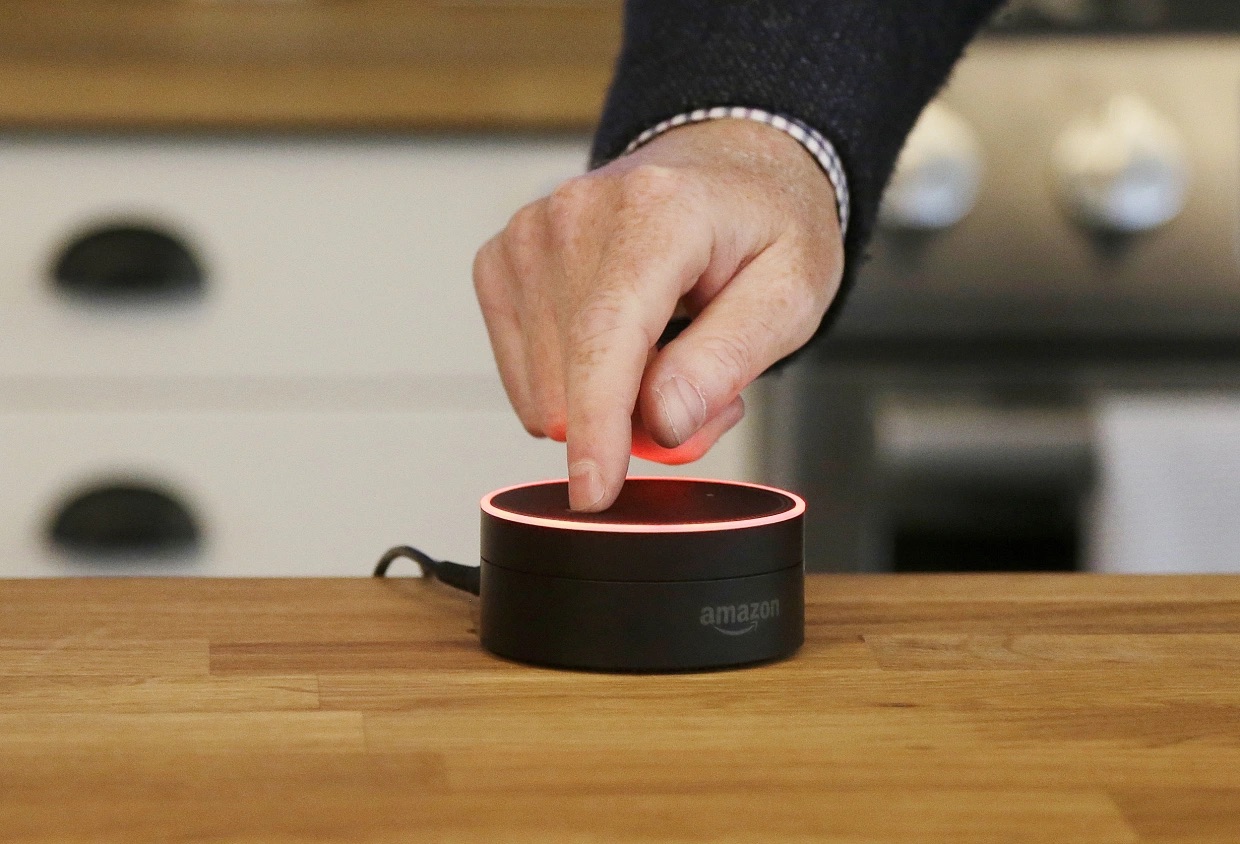
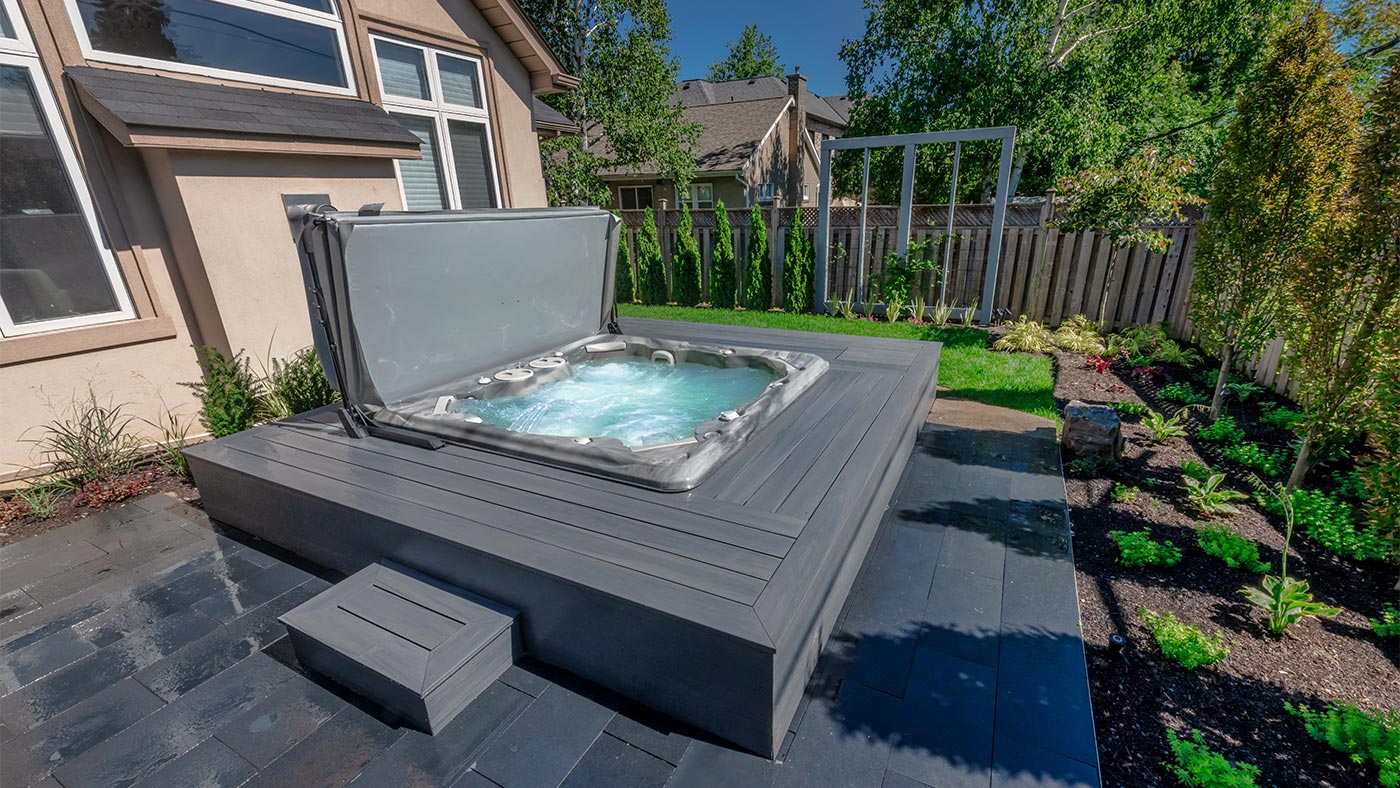
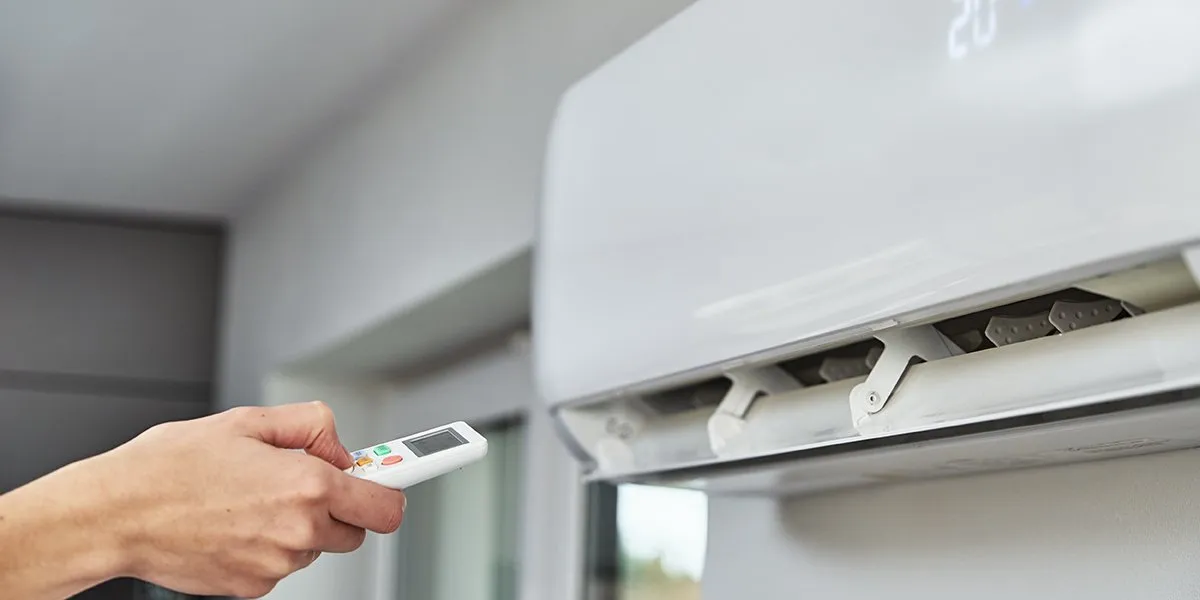
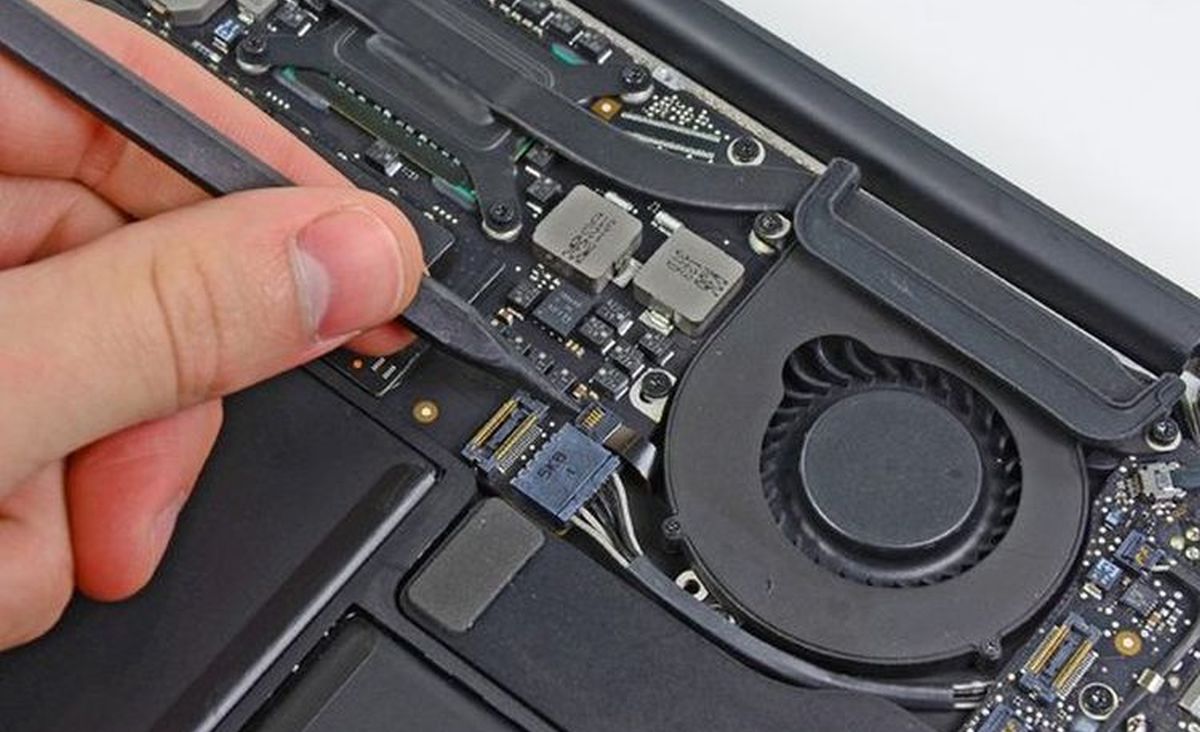
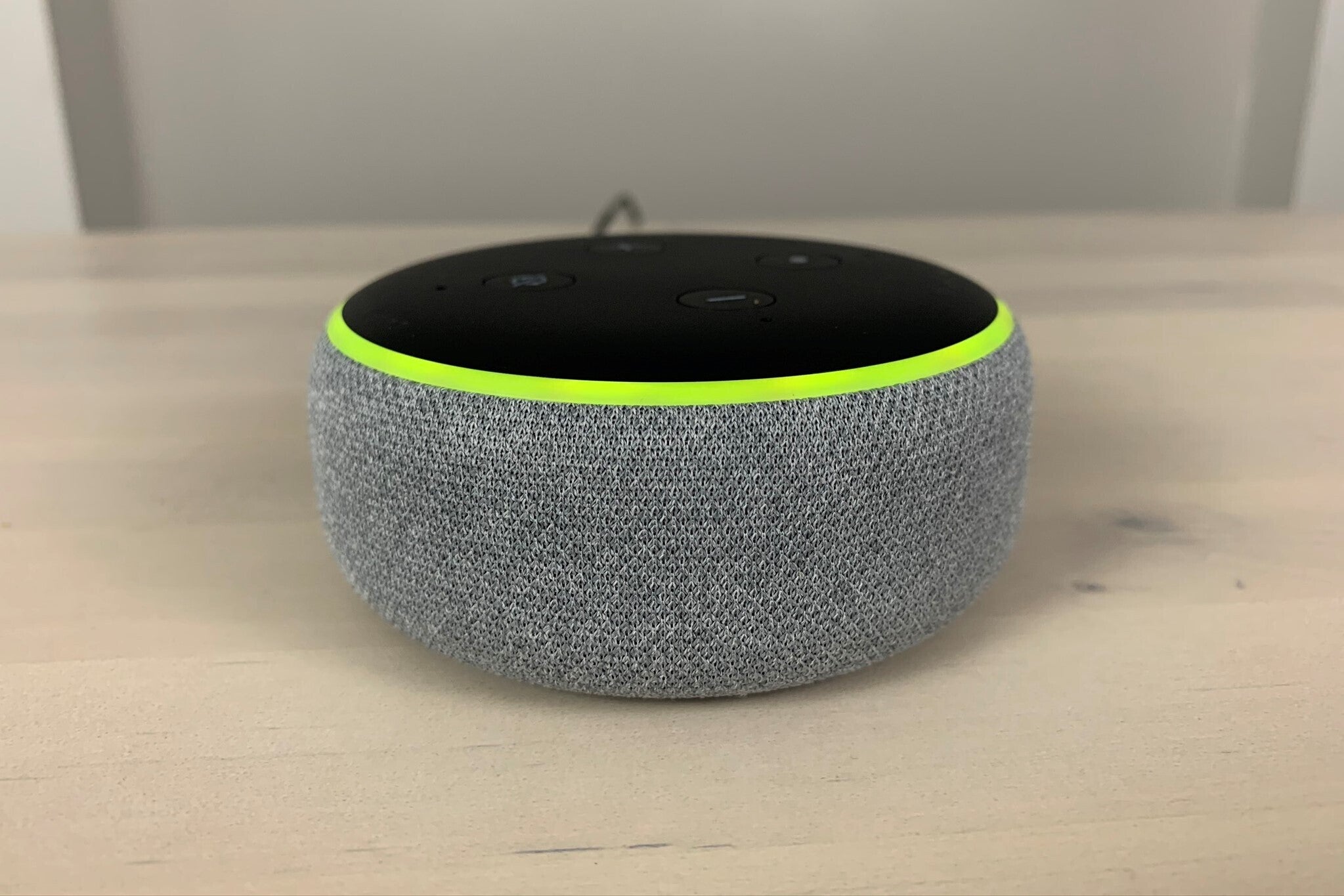

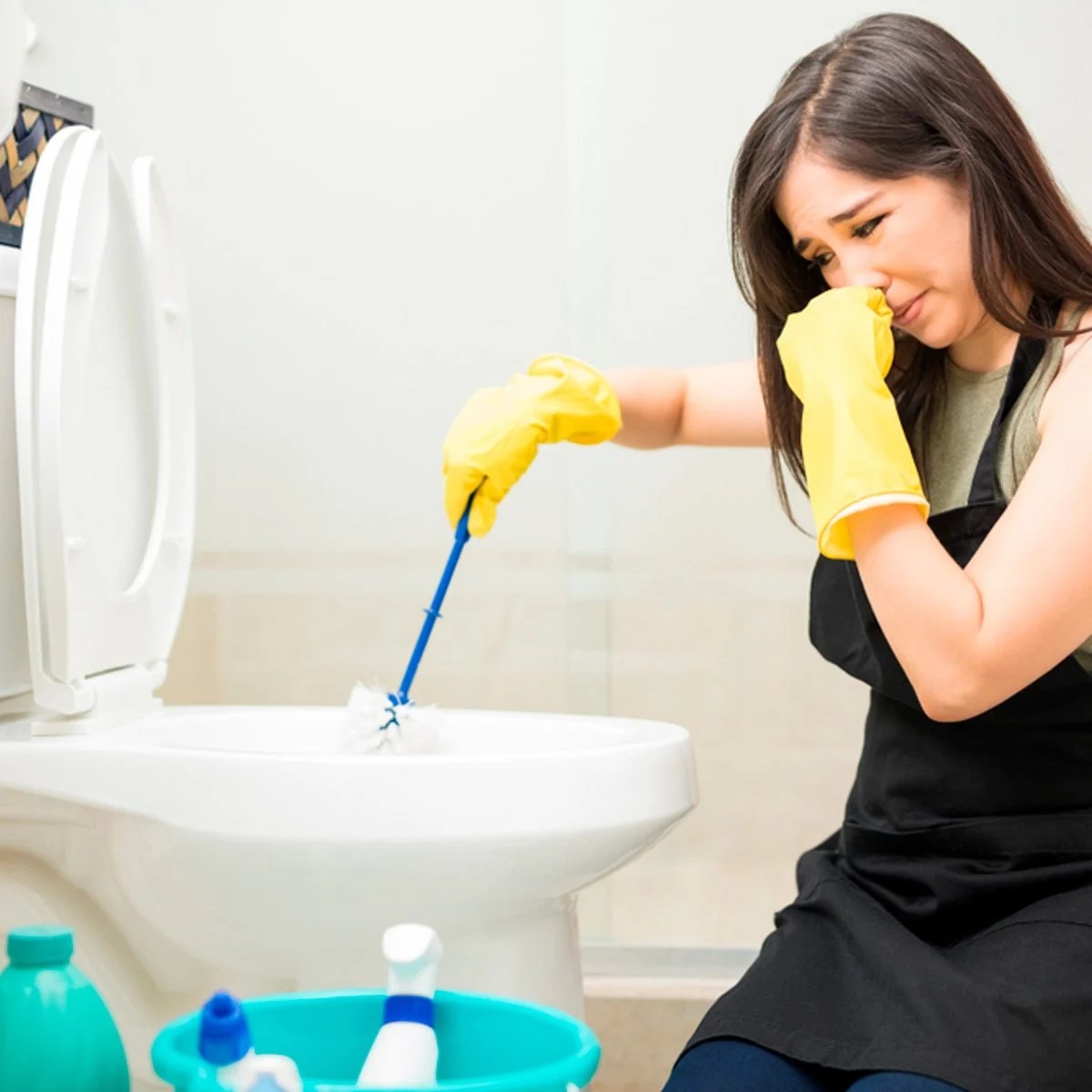
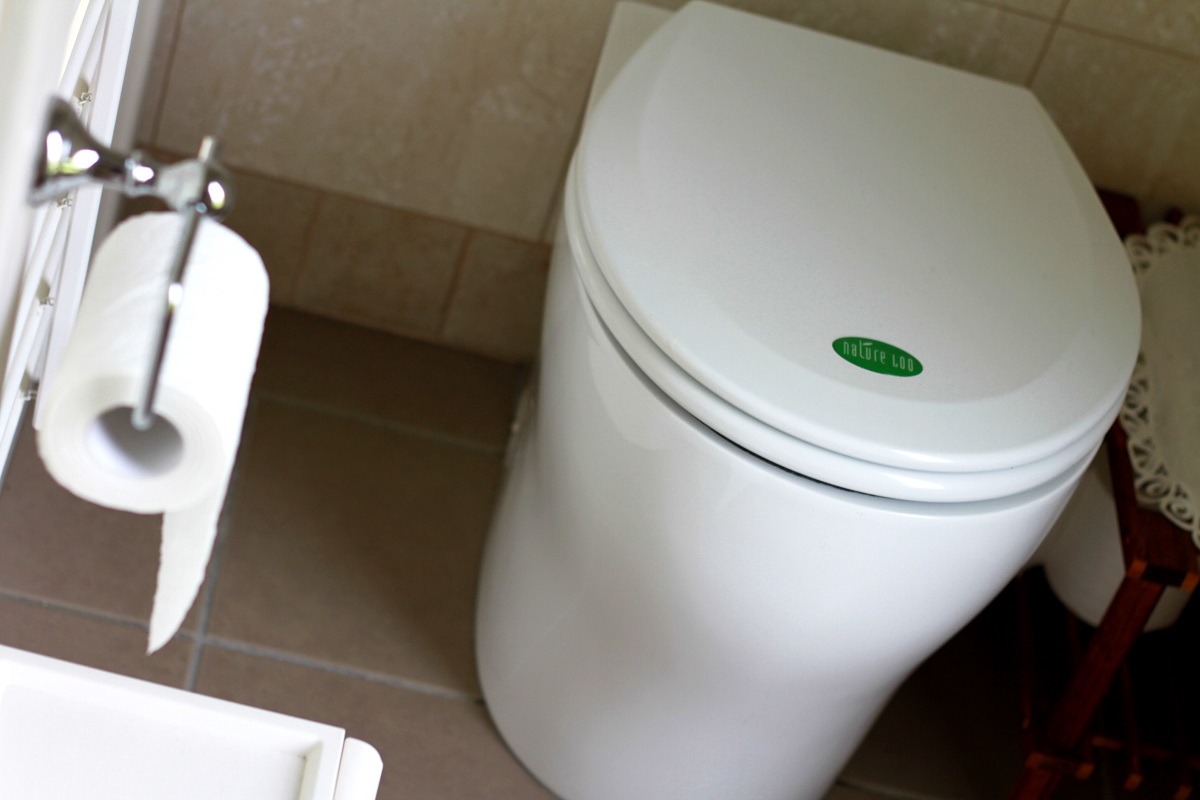
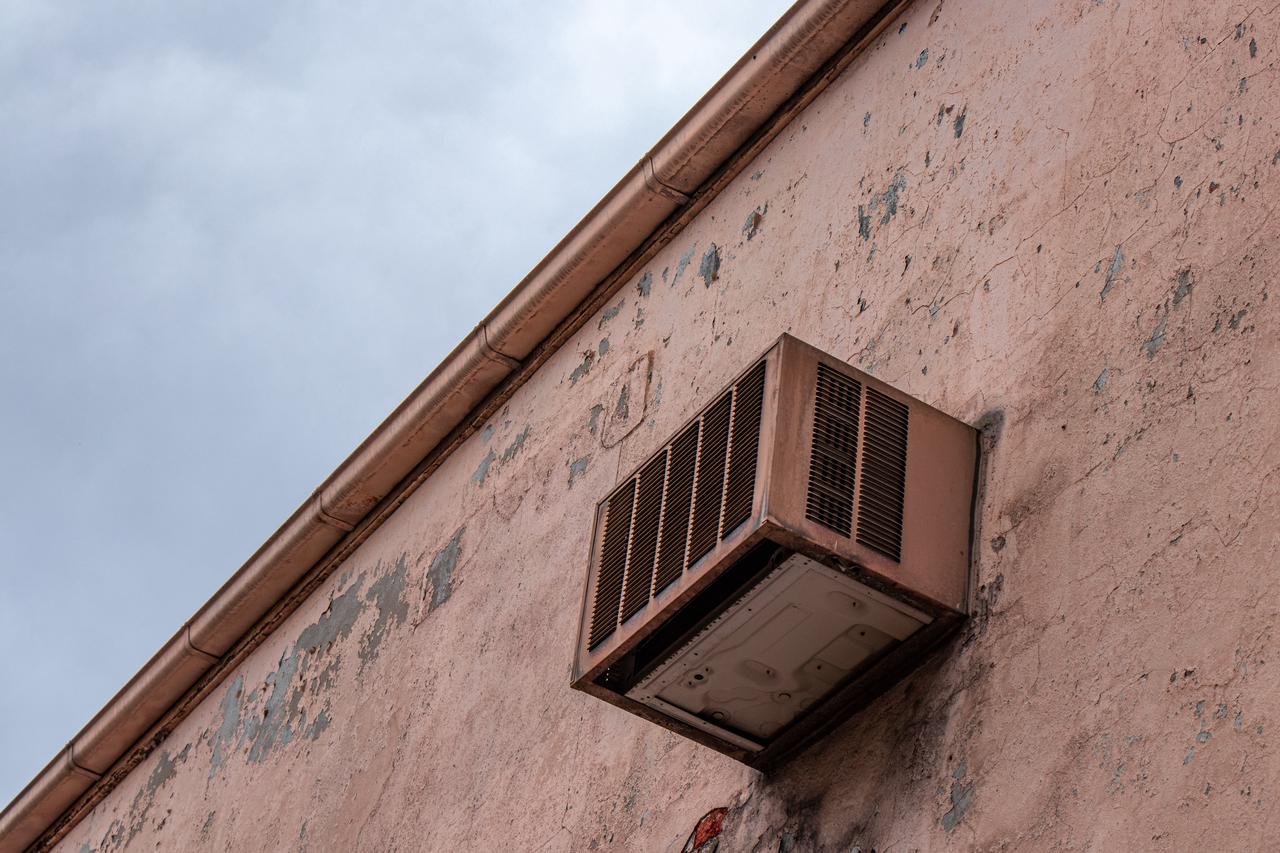
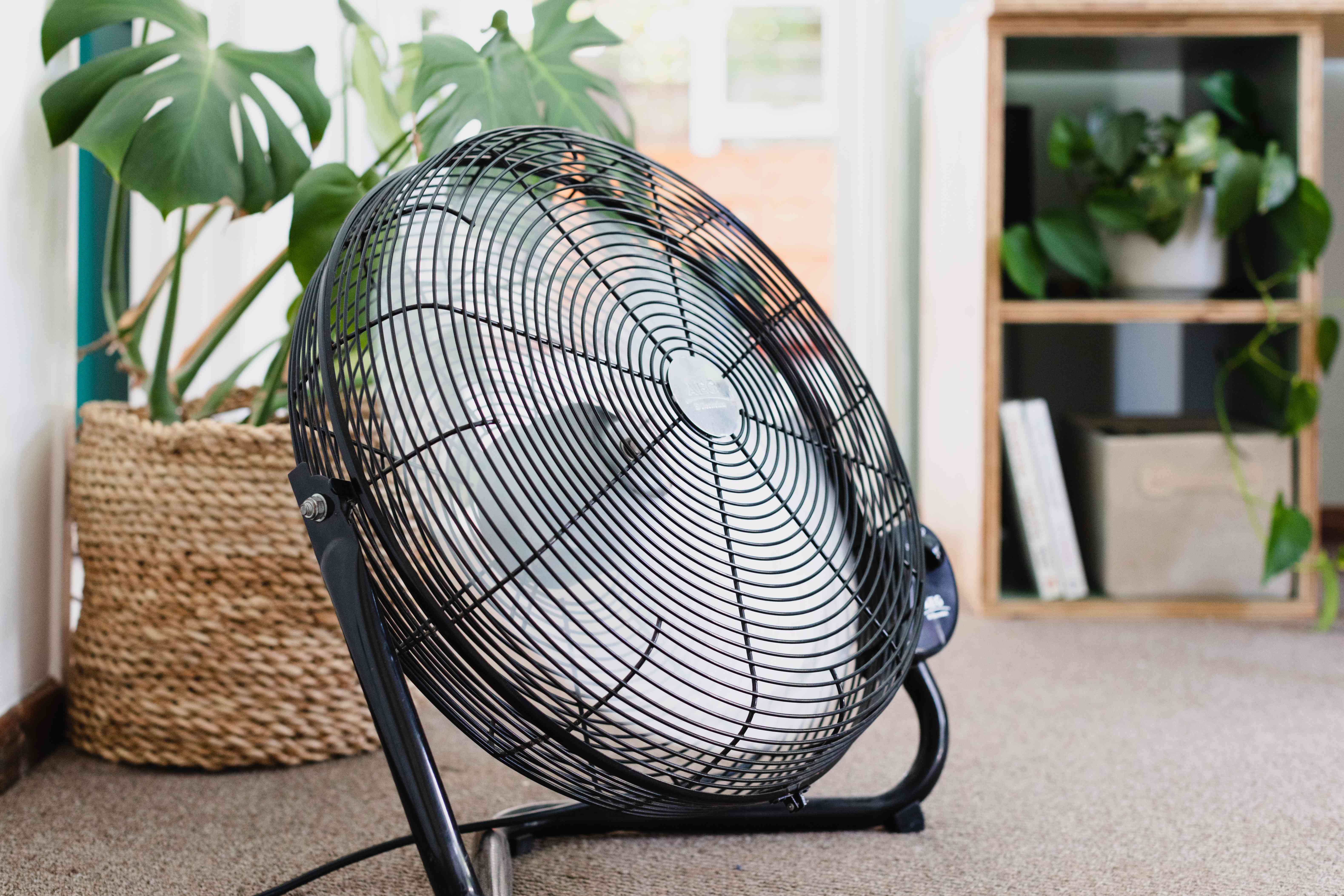
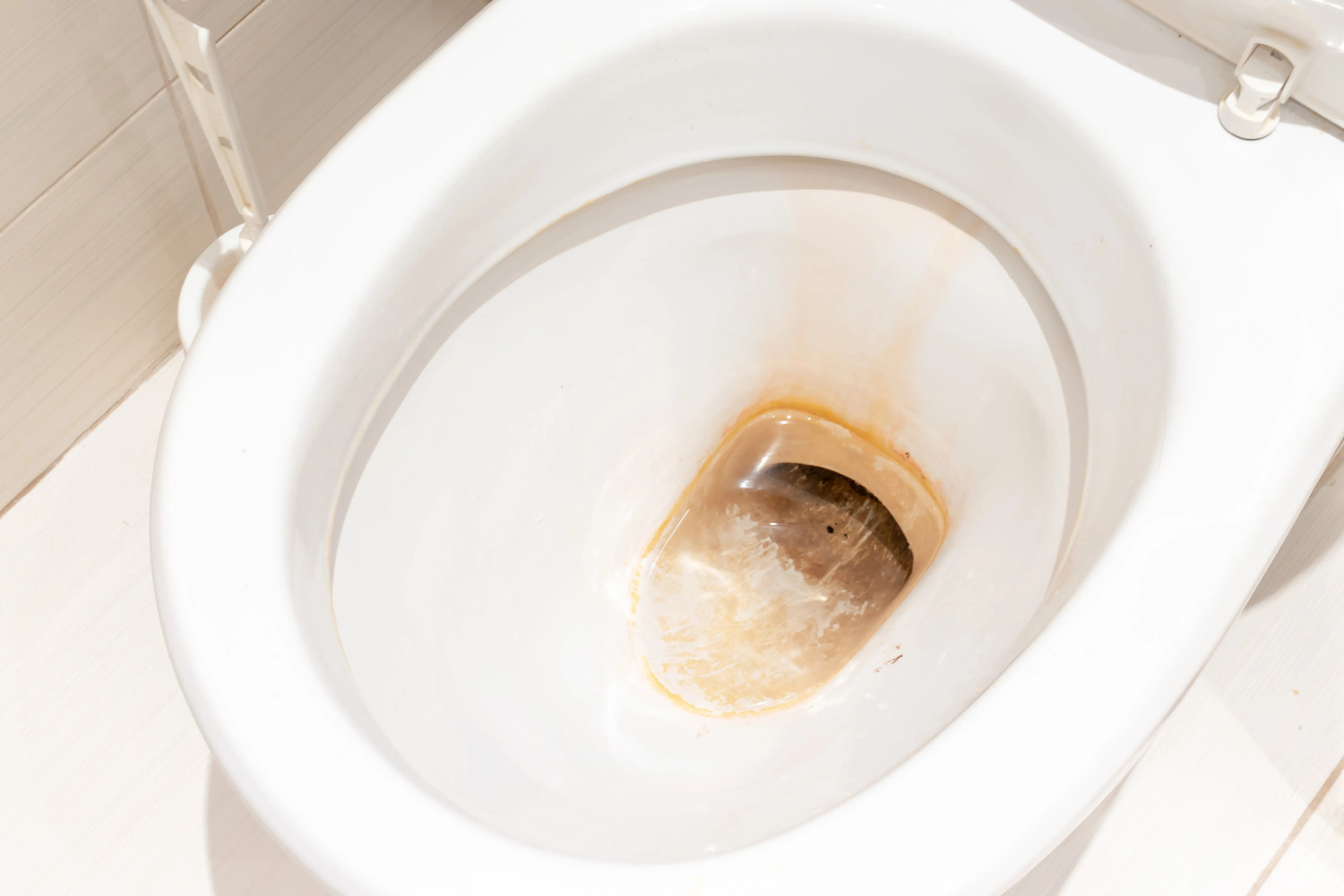
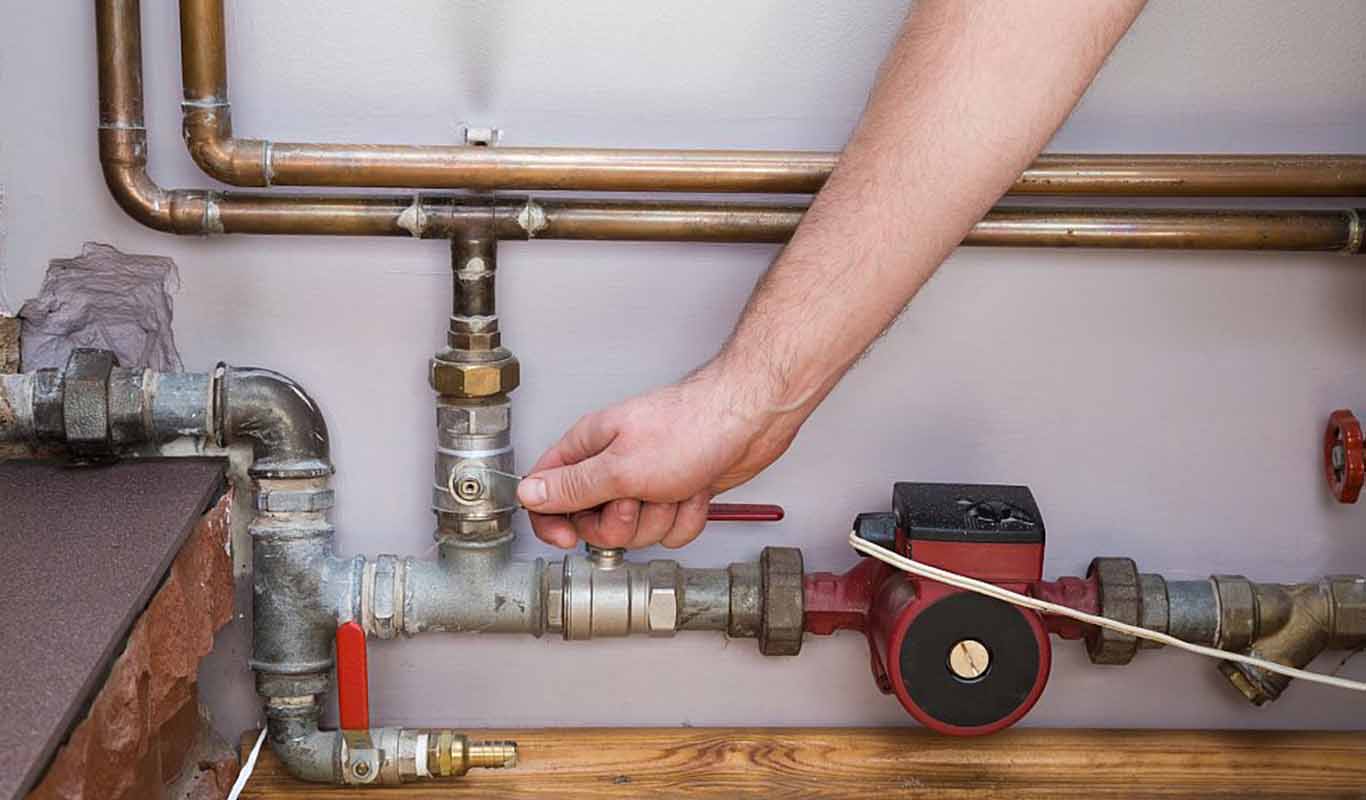

0 thoughts on “Why Does My Toilet Run Randomly”